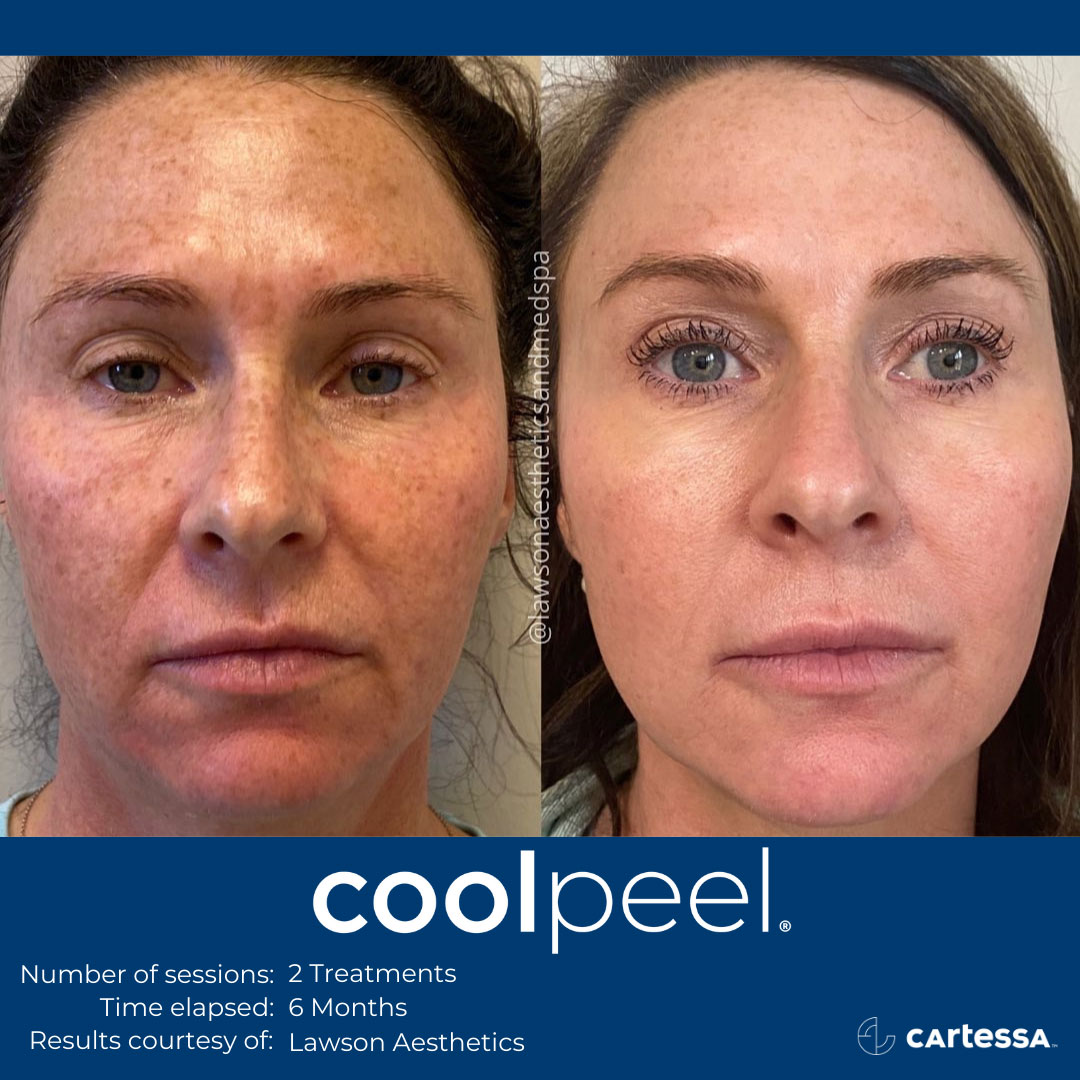Discovering the most recent Patterns in Dermatology: Treatments and developments
As the field of dermatology continues to progress, groundbreaking technologies and innovative therapy methods are transforming client care. From the rise of telemedicine to the boosting use artificial intelligence, these advancements supply improved diagnostic accuracy and individualized therapy options. The expanding popularity of non-invasive procedures and the promise of arising biological treatments additionally play a substantial function in this dynamic landscape. These growths, though fascinating, only damage the surface of what's to find in dermatology.
Pioneering Technologies in Dermatology: A Closer Look

The Surge of Personalized Dermatology Therapies
With the arrival of sophisticated innovations in dermatology, a remarkable change is observed towards even more customized therapy techniques. These approaches typically originate from the understanding that each patient's skin is unique, needing personalized care. Ultherapy. Customized treatments intend to deal with specific skin problems based upon genetic information, lifestyle elements, and individual reactions to treatments
Individualized dermatology therapies can vary from bespoke skin care items to personalized therapeutic plans. The increase of tailored dermatology treatments signifies a profound adjustment in patient care, stressing the person's special demands and reactions.
Dermatology and the Effect of Expert System
While tailored therapies transform client treatment in dermatology, one more significant makeover is brought around by the assimilation of man-made knowledge (AI) AI's potential expands to anticipating therapy results and personalizing therapy strategies, boosting the efficiency of the existing technique. In spite of these hurdles, the influence of AI on dermatology is indisputable, pointing towards a future where innovation and human experience work in tandem for optimized person care.
The Growing Popularity of Non-Invasive Dermatological Procedures
In the world of pop over to this site dermatology, a notable change is being observed in the direction of non-invasive treatments. The pattern reflects a broader social choice for quick, effective therapies with little disturbance to day-to-day life. As this market continues to grow, it is anticipated to shape the future of skin-related treatments substantially.
Arising Biological Therapies in Dermatology
Are biological therapies the following frontier in dermatology? Current fads suggest a positive answer. Biological therapies make use of the body's body immune system to combat diseases, such as psoriasis and atopic dermatitis. These treatments work by targeting specific components of the immune system, instead than taking a broad-spectrum method. They have the potential to supply better lasting administration of these problems, enhancing patients' top quality of life. One such therapy is Dupilumab, a monoclonal antibody that obstructs two healthy proteins causing swelling. Other organic treatments, like TNF preventions and IL-12/ 23 inhibitors, have see this site actually additionally shown promise. Regardless of their advantages, these treatments are not without side results, and they require careful surveillance. Their introduction represents a considerable change in skin-related treatment methods.
Conclusion
The landscape of dermatology is rapidly developing, with innovations in telemedicine, expert system, and non-invasive treatments leading the means. Individualized therapies and emerging biological therapies are redefining client care. These advancements highlight best site the field's commitment to innovation and improved client results. As dermatology remains to adjust and expand, it continues to be a vibrant area that is positioned to supply increasingly efficient and targeted therapies.
As the field of dermatology continues to develop, groundbreaking innovations and innovative treatment strategies are transforming person treatment.With the development of sophisticated innovations in dermatology, a remarkable change is observed in the direction of more individualized treatment techniques. Tailored treatments intend to address particular skin concerns based on genetic details, way of living variables, and private responses to treatments.
The surge of personalized dermatology treatments represents an extensive change in client care, stressing the individual's distinct needs and feedbacks.
